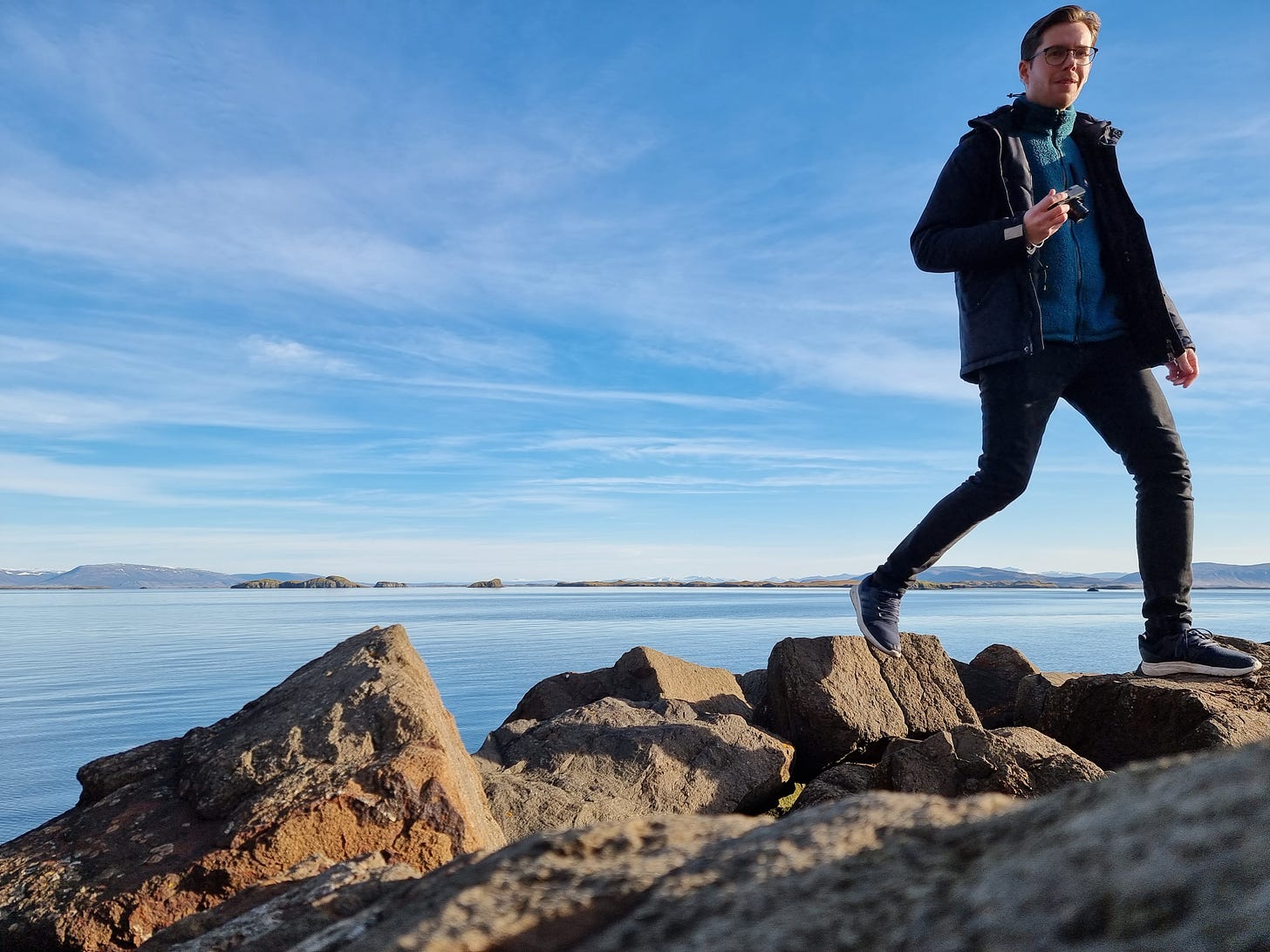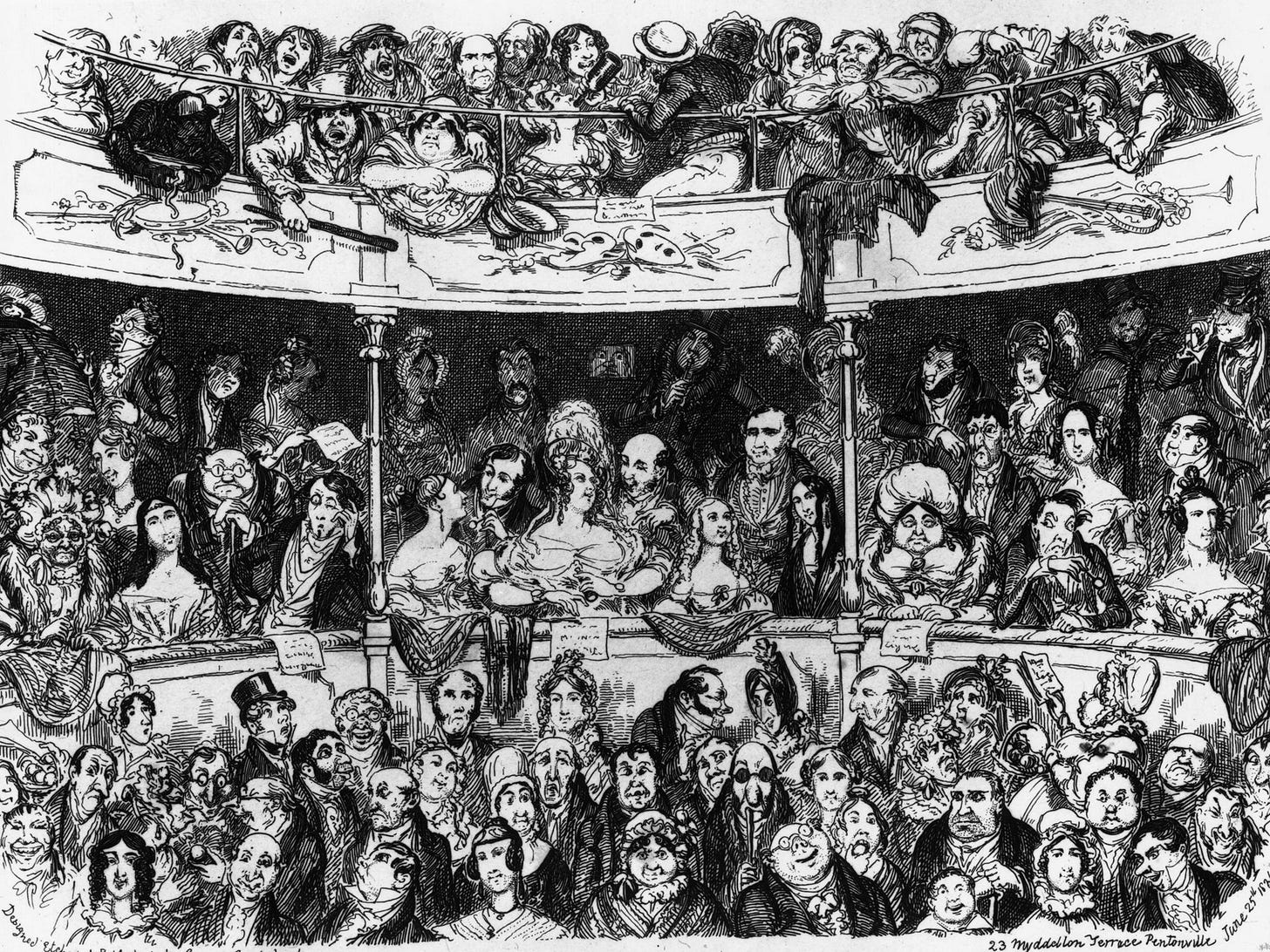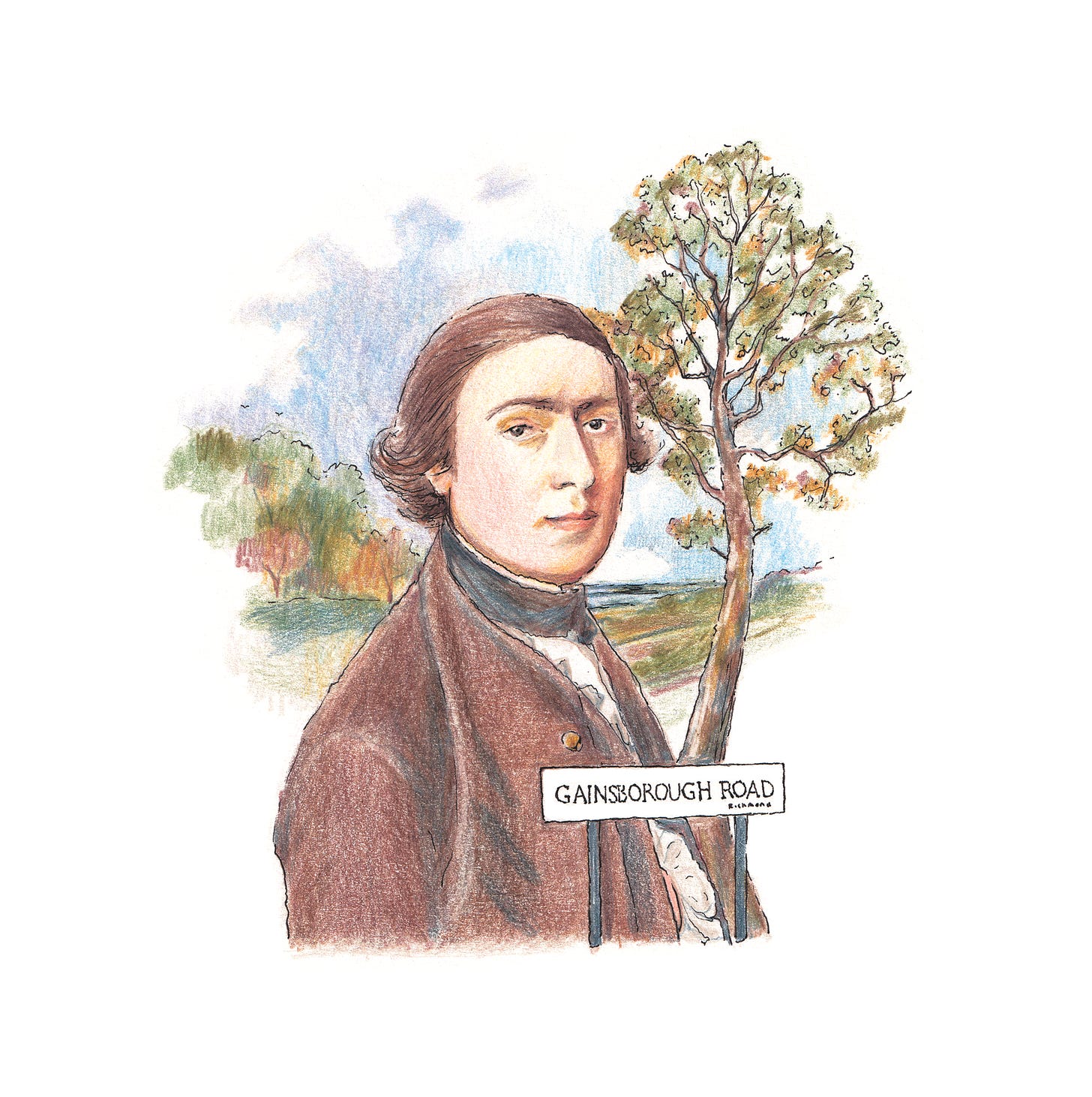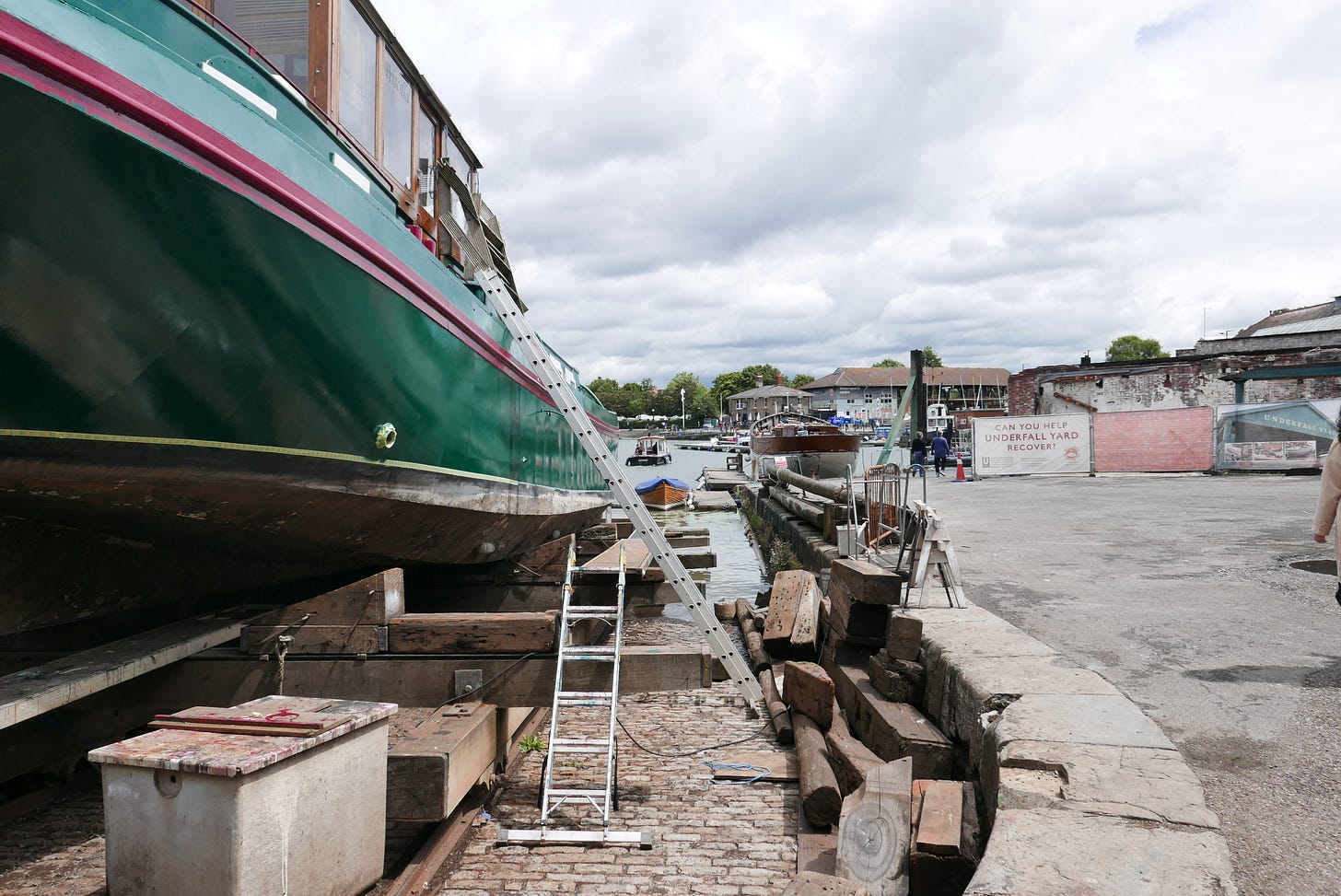At The Place Bureau, destination research is a journey of discovery. It’s about seeing beyond the obvious, asking unexpected questions, and uncovering what makes a place truly unique. Whether we’re tasked with transforming a forgotten corner of a city or crafting a bold new vision for a destination, our approach blends creativity with data-driven insights to reveal the soul of a place.
So how do we do it? Here’s a glimpse into our process…
WHAT is Destination Research?
What Types of Data Do We Collect?
The data we collect depends entirely on the project – and the questions we’re trying to answer. Research is never a one-size-fits-all exercise. Here are some of the methods we might use:
Historical Research Understanding the past gives context to the present. Old maps, archives, and local stories are often starting points to uncover the layers of a place’s identity.
The Revelation Route A site visit, but with a twist. We call it a revelation route: a mindful, creative exploration of a place, camera in hand or sketchbook ready. It’s not just about observing; it’s about noticing what others miss.
Social Media Sentiment Analysis Online reviews, hashtags, and discussions can provide surprising and provocative insights into how people really feel about a place. It’s like eavesdropping on the digital conversation.
Cultural Mapping What’s here, and what’s missing? Cultural mapping helps us identify local assets, from art galleries to informal gathering spaces, and reveals potential partners or allies for building networks and cultural ecosystems.
Economic and Demographic Data Numbers matter. Economic and demographic data give our ideas credibility and weight. They paint an honest picture, untainted by assumptions, and often surprise us with what they reveal about a place’s potential.
How to Balance Creativity with Data-Driven Insights?
This is where the magic happens – and what really makes us tick at The Place Bureau. Placemaking is both an art and a science, and impactful creativity comes from a symbiotic relationship between data and imagination. One informs the other, creating an interactive loop of insight and inspiration.
Our multidisciplinary team reflects this balance. We’re cultural strategists, photographers, policy experts, geographers, and graphic designers. We bring diverse perspectives to the table, constantly experimenting with new ways to approach the relationship between data and creativity. This isn’t about ticking boxes; it’s about sparking ideas that resonate.
We’re always curious to hear from others who are tackling this balance in their own work. How do you approach the art and science of placemaking?
Do We Include Local Voices?
Always — but we like to think outside the box. The most valuable insights often come from unexpected sources. We always support our destination research with dedicated stakeholder engagement, but more on that another time. In terms of ‘destination research’ - if we’re there on the ground we seek out local voices and keep it conversational.
For example, a local security guard can be an expert in place. They’ve spent countless hours observing how people use a space, including the more unusual behaviors that traditional consultation might miss – like who visits at night and why. It’s this kind of local knowledge that brings depth and authenticity to our research.
Local voices ground our work in reality. They challenge assumptions and offer perspectives that data alone can’t reveal.
How Long Does Destination Research Take?
How long is a piece of string?
Some projects are quick and light. We often run charettes and workshops with masterplanning teams, using desk research to get a rapid understanding of a place in just a few hours. These sprints spark ideas, generate dialogue, and lay the groundwork for deeper exploration.
Other times, research is the project itself. We might collaborate with photographers, architects, data analysts, and communication designers over weeks or months to uncover the full story of a destination. The depth of the process depends on the scale of the ambition.
Research That Reveals Possibility
Destination research isn’t about gathering facts for the sake of it. It’s about revealing the possibilities that a place holds. It’s about understanding not just what is, but what could be.
At The Place Bureau, we believe every place has a story to tell. Our job is to uncover it – and to help others imagine its next chapter.
What is the purpose of historical research when you’re creating a place for the future?
Historical research reveals the unique stories that inform design principles rooted in authenticity and character, avoiding the generic, “could-be-anywhere” developments that lack heart and soul. This research reveals what has changed over time and what has remained constant, offering a deeper understanding of a place’s identity. By showcasing this process of evolution, historical research helps communities connect with the past, understand the present, and envision transformation as a natural and meaningful progression, fostering a sense of continuity and shared purpose.
WHY is place-based research an essential tool for every placeshaper?
Place-based research is the foundation of meaningful placemaking. It ensures that urban developments are rooted in the specific needs, stories, and aspirations of a community. At its core, place-based research balances qualitative insights – like local histories, and observations – with quantitative data to create spaces that serve people first. It also goes hand-in-hand with stakeholder engagement, helping to inform the discussions we have with communities. Without it, developments risk becoming disconnected, underused, and ultimately redundant.
Destination Research strengthens community connection to place
Destination Research research taps into the emotional and cultural connection people have with their environments and uncovers what gives a place its soul – and what’s missing. It brings to light the stories, assets, and aspirations that bind people to their environments.
Places that foster connection report 25% higher levels of civic participation (Project for Public Spaces, 2020).
When urban planning neglects place attachment, over 40% of city residents report feeling “no connection” to the spaces they inhabit (Future of Cities Report, 2021).
Spaces designed to prioritise a “sense of place” see 38% higher economic vitality, highlighting the tangible link between emotional connection and economic success (Brookings Institution, 2021).
Reducing Turnover and Redundancy in Urban Spaces
High turnover rates in buildings and underutilised urban spaces signal developments that fail to meet local needs. Destination Research research helps avoid this by ensuring that projects align with the existing local context.
50% of urban structures worldwide are expected to be demolished or repurposed by 2050 because they lack relevance and adaptability (Global Retrofit Index, 2021).
Commercial buildings experience a 30-40% turnover rate annually, often due to poor integration with their surroundings or outdated design (Urban Land Institute, 2022).
Alarmingly, 40% of new urban developments become underutilised within a decade because they fail to reflect community demands (UN Habitat, 2021).
Honoring Continuity Through Change
Historical research, combined with modern insights, ensures that development is not about erasing what came before but evolving with purpose. It reveals a place’s natural trajectory, grounding new visions in the authenticity of its past. This connection fosters trust, belonging, and a sense of continuity – a crucial antidote to the “placeless” developments that leave communities disengaged.
WHERE have we done Destination Research at The Place Bureau?
At the Place Bureau, it’s not just about uncovering insights about a place, but it’s about shaping those insights into compelling stories that help to steer a direction.
A Field Guide to Kew
Developer St George was about to embark on a new project in Kew, West London, to transform an ailing retail park. They wanted to show up as informed and empathic developers, tapped into the local context, with a clear understanding of the local ‘sense of place’ with which to brief their masterplanning teams at JTP.
The field guide was designed like a travel guide, aimed at a wide audience including local residents, the council, design teams and investors. We commissioned high quality photography and illustration to get right into the detail of the place’s past and present.
The Bay Area Place Plan
The Place Bureau worked alongside Feria Urbanism to develop a place plan for The Bay Area in the Isle of Wight. We worked with our associate researcher Sophie Reid to build a detailed picture of the area by analysing a wealth of documents, from political analysis, to planning documents, CACI data and local economic assessments.
The data helped us to paint a clear picture about the current state of play — economically, environmentally, socially, culturally and politically. This research helped to shape our community engagement work, through a three day ‘think space’:
We were able to prepare and inform all of our participants prior to the think space, helping them to understand the issues at play in an un-biased way.
It helped us to shape our exercises and ‘what if’ questions, to ensure they were relevant, challenging and impactful.
“Sandown Town Council were delighted with the way they delivered the Think Space, a three-day public consultation that had many challenges, and also in producing a coherent Bay Area Place Plan that can now be taken forward, with confidence in the evidence based data”
Paddy Lightfoot, Sandown Town Council
—
Have you come across surprising methods for understanding a place? We’d love to hear your thoughts and experiences. Share them in the comments below, or drop us a message. Let’s keep the conversation going.









